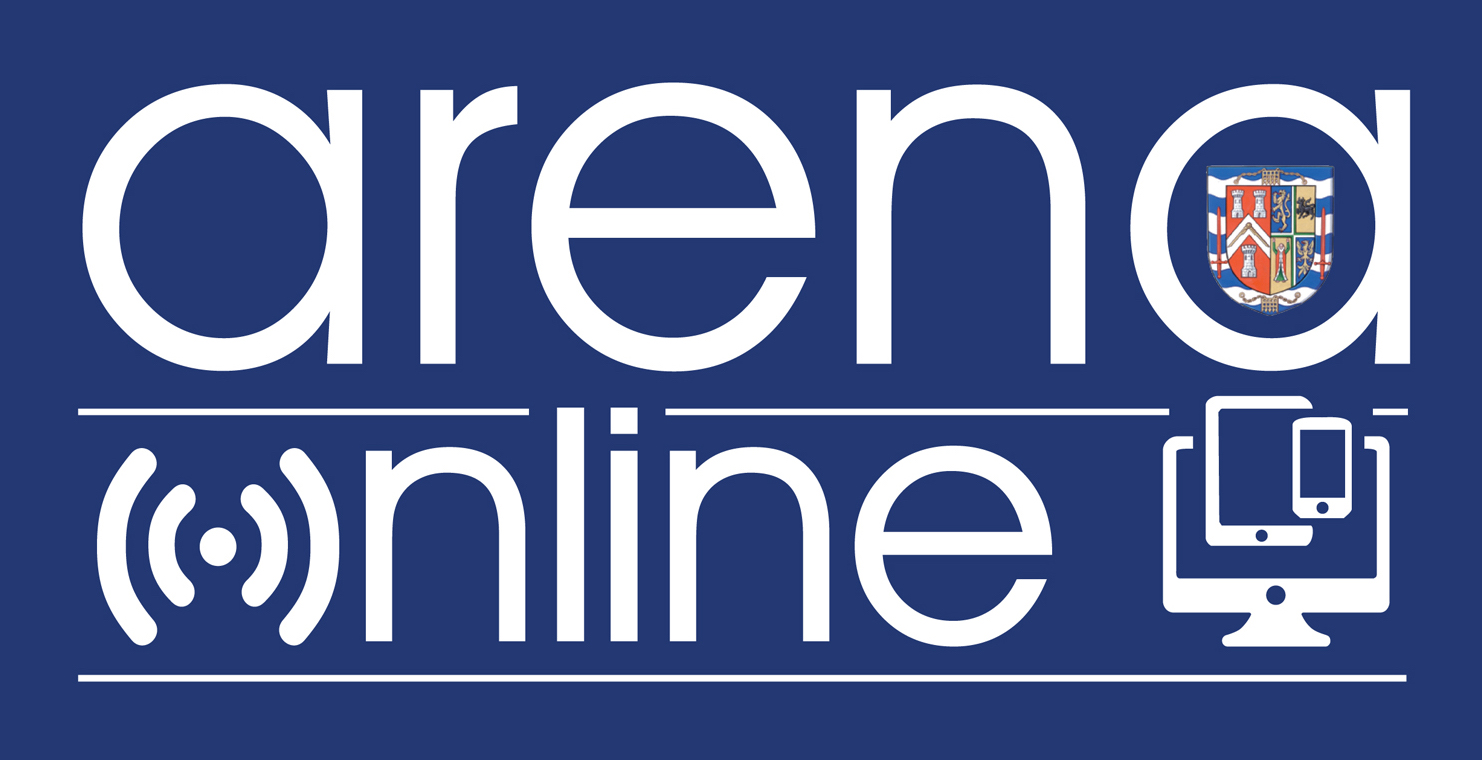Barry Hughes, Marketing and Communications Manager
Cast your memory back to 2019, when the Museum of Freemasonry had its last major temporary exhibition in the South Gallery.
Drawing from what may be the largest collection of male jewellery in the UK, if not further afield, Bejewelled: Badges, Brotherhood and Identity was an exhibition on the freemason’s badge, more commonly referred to as the jewel.
That exhibition reached audiences from all over the world thanks to a successful PR campaign that saw a plethora of news photographers arrive one rainy Tuesday morning for the press call. They gathered with enthusiasm to photograph the intricate and beautifully crafted items that represent almost three centuries of history. Jewels owned by Kings, Princes, Dukes and Knights were on display. Their gold and precious stones glistening in the gallery lights.
Jewels owned by members of a less haughty position who had once proudly displayed their diligent service and achievements were equally pored over for their artistic interpretation and variation. The tradition of the freemason’s jewel shone brightly as ever.

This is probably why those news pictures travelled from London to Singapore, Mexico and Japan and many places in between.
Now, here we are, two years later and Bejewelled has made a comeback. This return is not in any of the Museum’s galleries however, it is all strictly online. During this year, the Museum of Freemasonry has become a Google Cultural Institute partner. This means that we now have a presence on the Google Arts & Culture platform.
Using Google’s own technology and products, the Silicon Valley giant provides the world’s cultural institutions with a space of their own. It essentially lets us establish a virtual museum where we can create digital exhibitions and build an easily discoverable and searchable online collection. Exhibitions can be curated on the platform, and crucially, they can be shared with millions of people worldwide. Most would never be able to travel to London’s Covent Garden in person, but they can now get a look at what is in Museum of Freemasonry from their own home in Singapore, Mexico, Japan or wherever they are.

While there is a lot of work involved, including creating some extremely high-resolution images where a viewer can zoom in to see a single thread, the online exhibitions provide a valuable resource. The technologies in use enable us to offer a lot more details, literally, to a subject. We can also present and discuss various angles or explore a timeline in great depth. A further benefit is that a new exhibition will stay online and won’t vanish six months to a year after its opening. As a result, if you do happen to fall in love with a particular item then you can keep coming back at your own leisure.
Getting back to Bejewelled, what we have created is a slightly re-curated version of that which was present in 2019. As before with a gallery case, one story describes how jewels are designed and made.
Thanks to renowned manufacturers like Toye, Kenning and Spencer and Vaughton’s Ltd there are candid examples of the different processes involved.
One of my favourite sections of the whole exhibition presents this slightly curved black and white photograph of the City of London, taken from the shadowy confines of a building entrance behind some familiar columns with St Paul’s rising in the foggy background.

It is a quintessential image of London and it is no surprise that it formed the basis for the design of the City Centre Lodge Past Master’s jewel on display.
This photograph is next to a small, thumbnail painting of the desired jewel.
It’s really lovely to see the photograph and the hand-painted design next to one another. In the photos, you will see the more finished professional design for the entire jewel. This is a coloured print, and next to it is the finished piece in all its majesty.
Not only do we get to compare the design with the final product, but we can also notice the subtle differences between the desired outcome and what was eventually made.
City Centre Lodge, No 5787 was consecrated in 1939 at Freemasons’ Hall, London by RW Bro Brigadier General W.H.V. Darell, Assistant Grand Master. This dates the photograph and hand-painted design to around the early 1940s. The Lodge was sponsored by St. Martin’s Porchway Lodge, No 4862 and there were 14 founding members present at the ceremony.

Regular meetings of the Lodge were held at Euston Hotel, until moving over the following years to Charing Cross Hotel and Mostyn Hotel and it wasn’t uncommon for Lodges to meet in hotels prior to and during the wars.
Some hotels still have a temple hidden away for this purpose. City Centre Lodge finally moved to Mark Masons’ Hall in 1979, where it held its last meeting on 24 March 2012.
This, of course, is just the single history of just one little jewel we get to see in the exhibition.
There are many more such stories about other Lodges and their members waiting to be uncovered in an exhibition like this.
Even if you’re not an avid researcher or Lodge historian, you can simply click on to the exhibition from your couch and enjoy another chance to admire the jewels for all their passionate variety and exquisite craftsmanship.
Share it wide and let everyone see for themselves by visiting here

This article is part of the Arena Magazine, Issue 46 October 2021 edition.
Arena Magazine is the official magazine of the London Freemasons - Metropolitan Grand Lodge and Metropolitan Grand Chapter of London.
Read more articles in the Arena Issue 46.